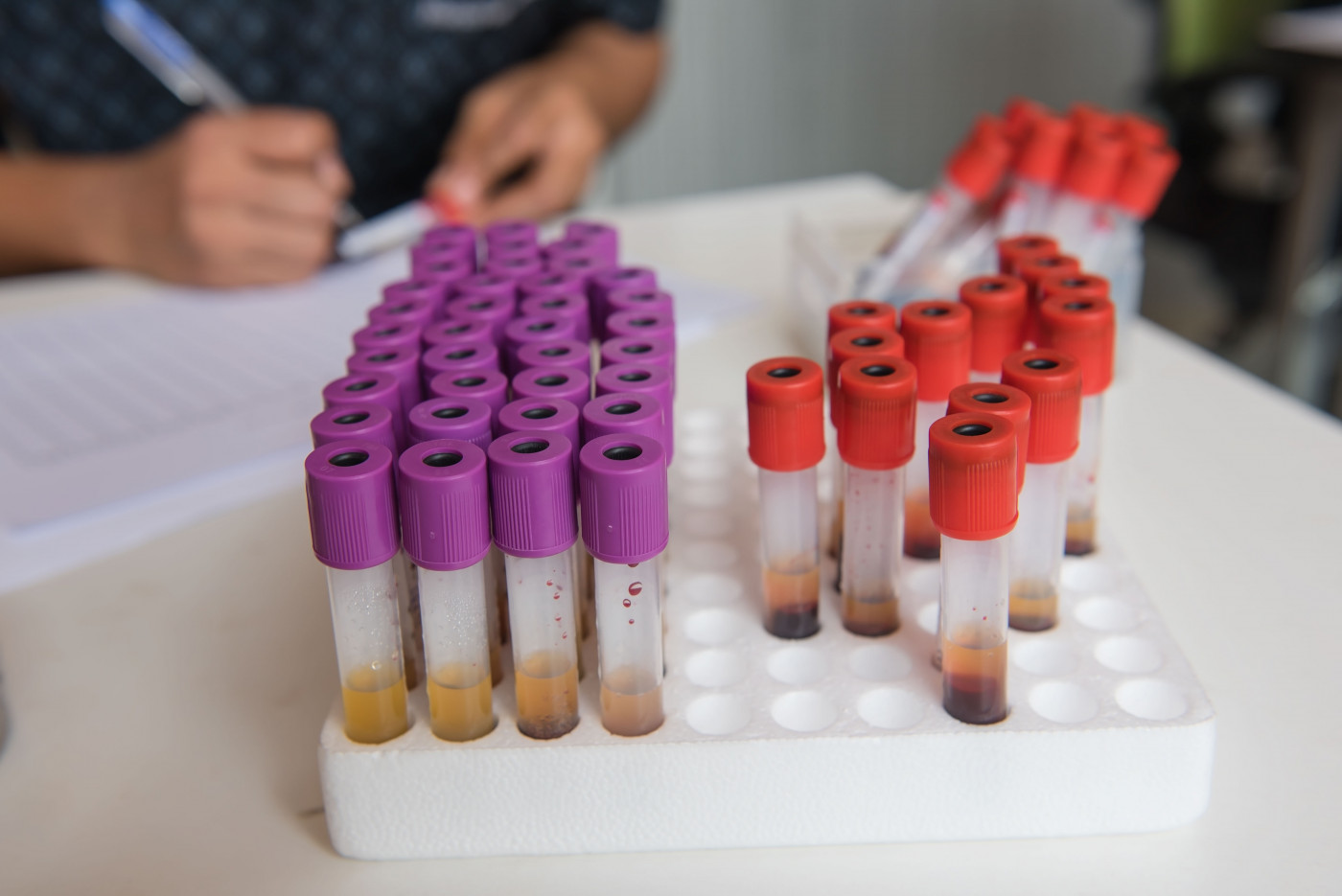Russian Nephrologists Largely Unaware About Fabry Disease; Patients with Kidney Failure Need Better Screening

Few nephrologists in Russia are aware of Fabry disease, which is a problem that could be addressed by screening and diagnosing at-risk patients with end-stage renal disease who are undergoing hemodialysis.
Also, the highest prevalence of Fabry disease in Russian dialysis units is for men 30 to 50 years old.
Those findings were detailed in the nationwide study, “The Prevalence and Clinical Features of Fabry Disease in Hemodialysis Patients: Russian Nationwide Fabry Dialysis Screening Program,” which was published in the journal Nephron.
Fabry disease results from deficient activity of the alpha-galactosidase A enzyme, which is caused by mutations in the GLA gene. This enzyme is responsible for breaking down specific sugar-fat molecules, or glycolipids, including globotriaosylceramide (Gb3 or GL-3) and lyso-Gb3, into building blocks that cells can use. This leads to the progressive accumulation of glycolipids in different cells and tissues.
With increasing age, these deposits result in a wide range of symptoms, some of which are life-threatening, including cardiovascular problems and gradual loss of kidney function that may culminate in end-stage renal disease (ESDR) (kidney failure).
According to the Fabry Registry, 45% of men and 20% of women older than 40 have stage 3–5 chronic kidney disease (CKD).
Stage 5 refers to people with ESRD (complete kidney failure,) whose management or treatment options include only hemodialysis or a kidney transplant.
There is a documented delay between the onset of initial symptoms of Fabry disease and a definite diagnosis “as a result of low awareness of the rare diseases,” researchers wrote, adding that a late diagnosis also is common for patients with a late-onset or milder symptoms of the disease.
But the proportion of undiagnosed patients can be detected by screening at-risk populations, such as patients with ESRD undergoing hemodialysis or kidney transplant.
Researchers at Sechenov First Moscow State Medical University and National Medical Research Center of Children’s Health in Russia, now evaluated the prevalence and clinical features of Fabry disease in patients with kidney failure undergoing chronic hemodialysis in Russia.
The team conducted a nationwide screening for Fabry disease among adults undergoing hemodialysis in 157 units across Russia from 2014 to 2016. This included a total of 5,572 patients (63.7% males).
To identify positive cases, researchers screened for patients with low alpha-galactosidase A activity measured in patients’ dried blood spots. A definitive diagnosis was then confirmed by genetic testing (sequencing of the GLA gene) and by measuring lyso-Gb3 levels in dried blood spots.
Twenty Fabry patients were identified, corresponding to a 0.36% prevalence (median age 43, 19 men and one woman).
As expected for a disorder with an X-linked type of inheritance, Fabry disease was much more frequent in men, with a prevalence of 0.53% as compared to 0.05% in women.
But the disease was more prevalent in men aged 30 to 49 and less common in younger men (18 to 29) and older (50 to 59) age groups. No cases of Fabry disease were detected in men older than 60 years.
Genetic testing identified 17 different GLA mutations, five of them new ones, which never had been reported.
The type of mutation involved did not seem to influence the pace of disease progression because median age when dialysis began was similar among patients.
Most patients (80%) had classical symptoms of the disease, starting from childhood, including pain in the hands or feet, angiokeratomas (clusters of red to blue rash-like discolorations on the skin) and sweating abnormalities such as anhidrosis or hypohidrosis (absent or diminished sweat production, respectively).
All patients had left ventricular hypertrophy, a heart abnormality consisting on the enlargement and thickening of the walls of the heart’s main pumping chamber (left ventricle). That condition was accompanied in many by fibrosis in the heart’s muscular tissue. Eight patients also had a history of ischemic stroke.
“This finding was expected given a well-known contribution of advanced CKD [chronic kidney disease] to an increased risk of major cardiovascular events and death,” researchers wrote.
Fourteen of 20 patients identified with Fabry disease started enzyme replacement therapy (ERT); two died, one due to recurrent stroke and one of sudden cardiac death.
“Our study showed a low awareness of Fabry disease among the Russian nephrologists, given the presence of classical variant of disease in the majority of patients who were detected by screening,” the researchers wrote.
Widespread screening of at-risk patients “remains the feasible approach to diagnose Fabry disease in patients with ESRD and their family members,” especially for those with a late-onset disease or less severe symptoms, the continued.
Considering that alpha-galactosidase A levels can be within the normal range in up to 60% of females that carry only one mutated copy of the GLA gene, testing for enzyme activity is inappropriate for screening females with ESRD “and should be replaced by more reliable markers,” the researchers added.






